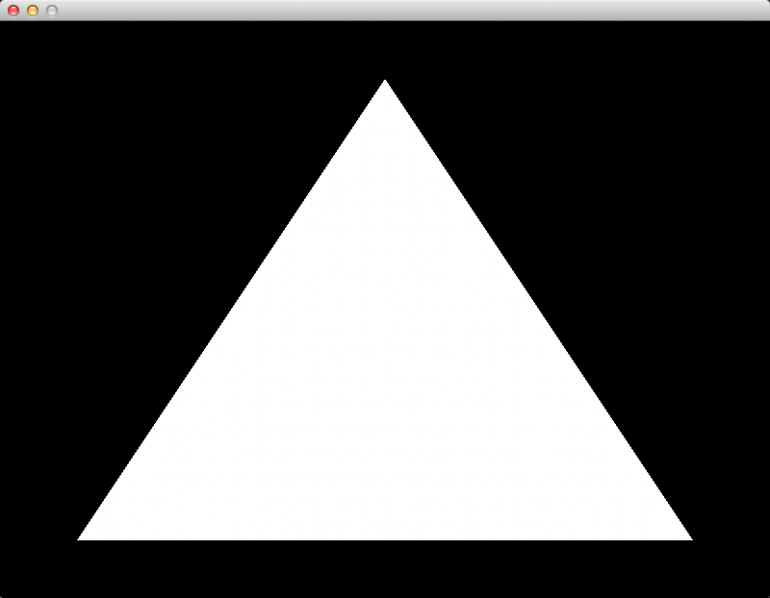In this article, we will replace our immobile 2D triangle with a spinning 3D cube. The end result will look like this:

Now that we’re finally getting something interesting on the screen, I can include more pictures! An album of animated gifs is available here: http://imgur.com/a/x8q7R
In order to make this spinning cube, we will learn a bit about matrix math, and how it is used to create perspective projections, rotation, translation, and the concept of a “camera.” We will also learn about depth buffering, and why it is necessary. We will also see how a typical 3D application implements changes over time, such as animation.



